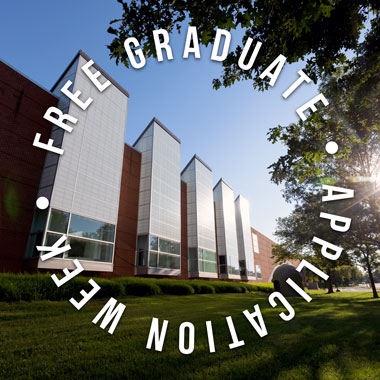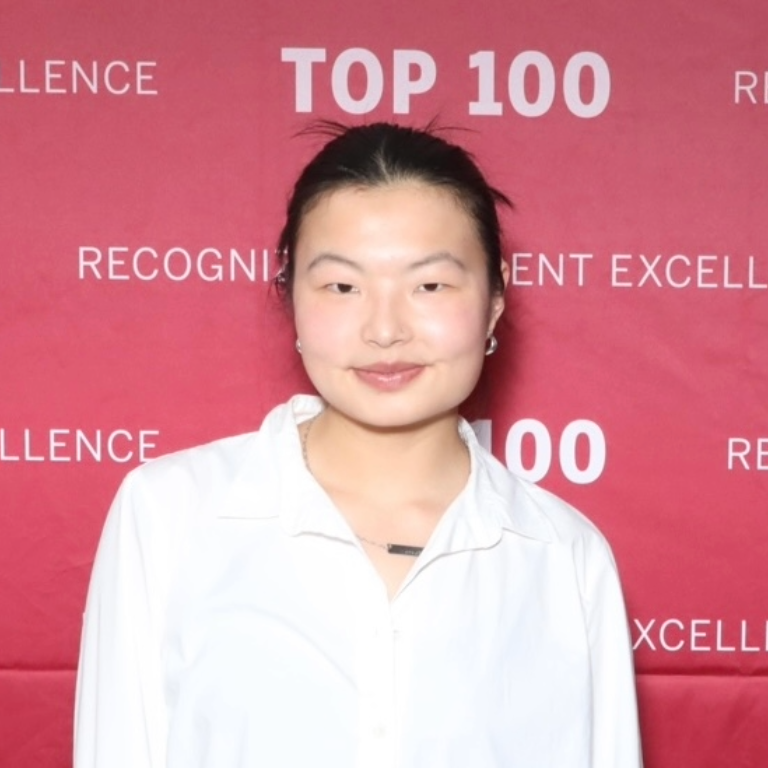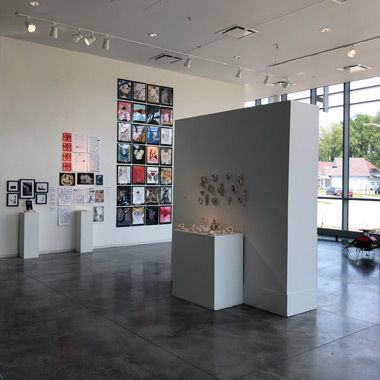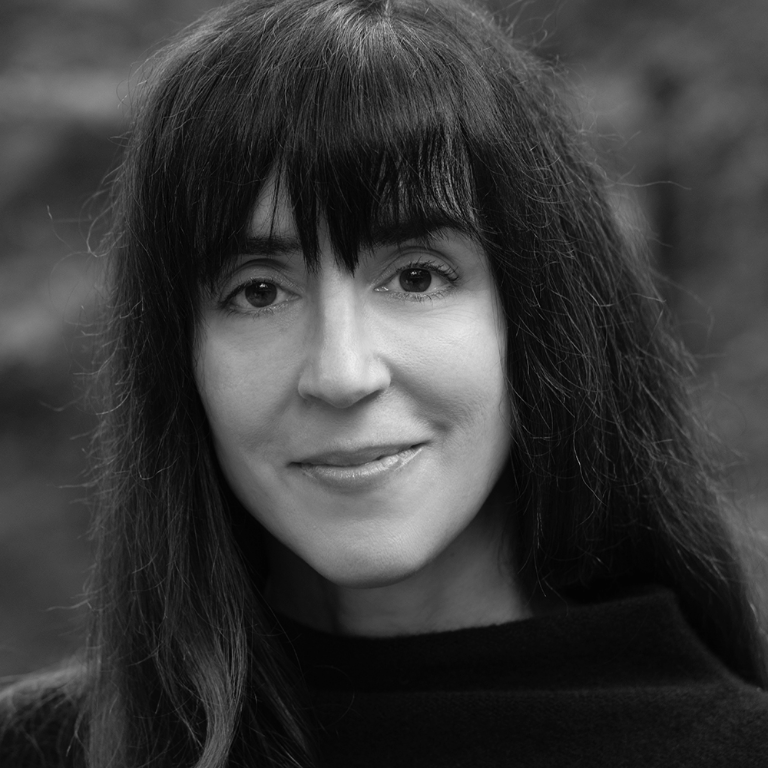INDIANAPOLIS -- The Galleries at the Herron School of Art and Design at IUPUI presents "Dan Mills -- Human Topographies" in the Berkshire, Reese and Paul Galleries; "Donna Ferrato -- Holy" in the Marsh Gallery; and "Jana Harper -- Moving with the Land, Listening to the Ancestors" in the Basile Gallery. All three exhibitions will remain on view through Oct. 17.
Featuring over 50 paintings and collages, "Dan Mills -- Human Topographies" presents the artist's wide-ranging and decades-old interest in history, exploration, games and wordplay in order to investigate the national and global networks of power, commerce and migration that underpin societies. Mills creates luminous, layered paintings and collages about our shared human history using maps and data to expose the legacies of imperialism, war, colonialism, mass incarceration and the forced displacement of indigenous peoples. Mills has examined the loss of history through an approach that involves erasure and over-painting, visualized data about "life, liberty, and the pursuit of (American) happiness," addressing such timely issues as environmental and gun regulations, freedom, quality of life, health care, and violence.
Most recently, Mills has contributed to his ongoing series "What's in a Name? USA," which in part highlights the huge extent to which our place names in the U.S. are predominantly sourced from Native American names and peoples. In an irony not lost on the artist, Western expansion under the guise of manifest destiny was in large part an effort of erasure, though these names persist today.
Mills has exhibited widely, including solo shows in New York, Chicago and Los Angeles and at academic museums and galleries throughout the U.S., including at the Yerba Buena Center for the Arts in San Francisco, the Center for Maine Contemporary Art in Rockland and the Vanderbilt University Fine Arts Gallery in Nashville. The artist's work is in many collections, including those of the British Library; the University of California, Los Angeles; the Library of Congress; and the John D. and Catherine T. MacArthur Foundation, among others.
Drawing from the internationally known activist-photographer's upcoming book of the same title, "Donna Ferrato -- Holy" is the culmination of her 50-year road trip across the U.S. and beyond. "Holy" follows Ferrato's journey from the sexual revolution of the '60s through the #MeToo era of today. This work, as noted by Ferrato, "is built on the strength of that other holy trinity -- the mother, the daughter and the others who believe in women." For Ferrato, "Holy" is her answer as a crusader for women's rights, using the medium of photography as an agent for change. While some of the photographs found in the exhibition are confrontational, many are celebratory in a spirit that speaks to the power of women as givers and nurturers of life.
Ferrato's documentary work on domestic violence in America began in 1982 and was met with great acclaim in such publications as Life magazine, The New York Times Magazine, Time magazine, USA Today, U.S. News and World Report, and the Los Angeles Times, among others, and was aired on the television programs "Dateline" and "Eye on America." Ferrato has received numerous honors for this reportage, among them the W. Eugene Smith Grant in 1985 and a Kodak Crystal Eagle Award in 1990.
The contributing essayist to the exhibition is renowned writer Claudia Glenn Dowling, who has produced stories, books and documentaries. As a movie critic and writer-at-large for People magazine and senior staff writer at Life magazine, Dowling climbed Everest, canoed the Amazon and interviewed the two presidents Bush. Her favorite stories have, however, been about ordinary people in extraordinary circumstances.
At a moment in history when issues surrounding equity, inclusion and diversity have become a central part of the national conversation, "Jana Harper -- Moving with the Land, Listening to the Ancestors" focuses on an investigation into Harper's personal history within the larger context of contemporary society. With her Native American heritage as an entry point and an emphasis on the Mackinac Band of Chippewa and Ottawa Indians' 20-year petition for federal recognition, Jana Harper explores her place in the competing narrative between indigenous and colonial histories.
This past year, Harper made several trips up to Mackinac Island, situated in the Straits between the lower and upper peninsulas of Michigan, the home of her tribal ancestry with which she sought connection. As noted by the artist within the exhibition at Herron, "Mackinac Island is particularly sacred for the Anishinaabeg (the Odawa, Ojibwe and Potawatomi) in the Straits, and it is said that the manitou, the spirits of our ancestors, are strong there." "Moving with the Land, Listening to the Ancestors" is the artist's attempt to, in her words, "honor the sacred locations on the island as well as the people that came before the settlers."
The core of the exhibition is an act of reverence to those original inhabitants of Mackinac Island, namely a 17-foot-long beaded strand she created of small pieces of paper, each with one of the surnames drawn from an Indian census taken there in 1870 and again in 1907. Within the exhibit, the strand is joined by several photographs Harper took of the object in sacred locations on the island, along with a video of her reading all of the names -- approximately 450 -- at three sacred locations can also be found in the exhibition.
Harper is an interdisciplinary artist whose work is held in several public collections, including the Library of Congress, the Sackner Archive of Visual and Concrete Poetry, the Blanton Museum of Art, and the Proyecto 'Ace Print Collection. Her collaborative performance "Cargas" was the closing event for "Intermittent Rivers," the Matanzas portion of the Havana Biennial in 2019. Harper is an associate professor of the practice of art in the Department of Art at Vanderbilt University.
Herron's exhibitions are free and take place in Eskenazi Hall, 735 W. New York St. New gallery hours are 11 a.m. to 5 p.m. Monday through Friday, 11 a.m. to 8 p.m. Wednesdays and noon to 5 p.m. Saturdays.
About the Herron Galleries
Since 2005, the Galleries at the Herron School of Art and Design at IUPUI have served as a vibrant site of exploration, participation and learning. Herron's galleries continue to be an innovative educational forum for diverse audiences by providing direct and meaningful encounters with art and artists through a wide range of curatorial projects and public programming.








